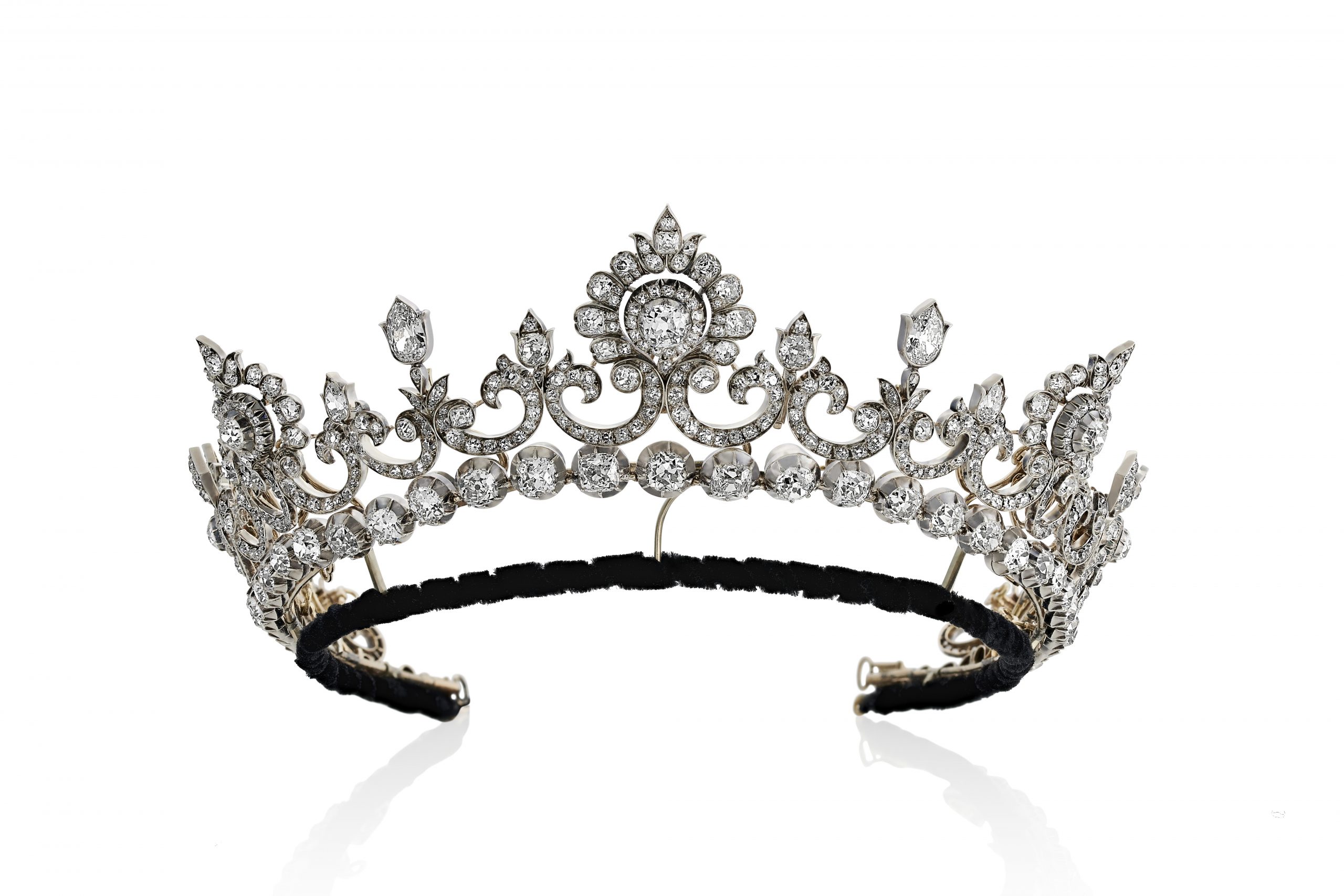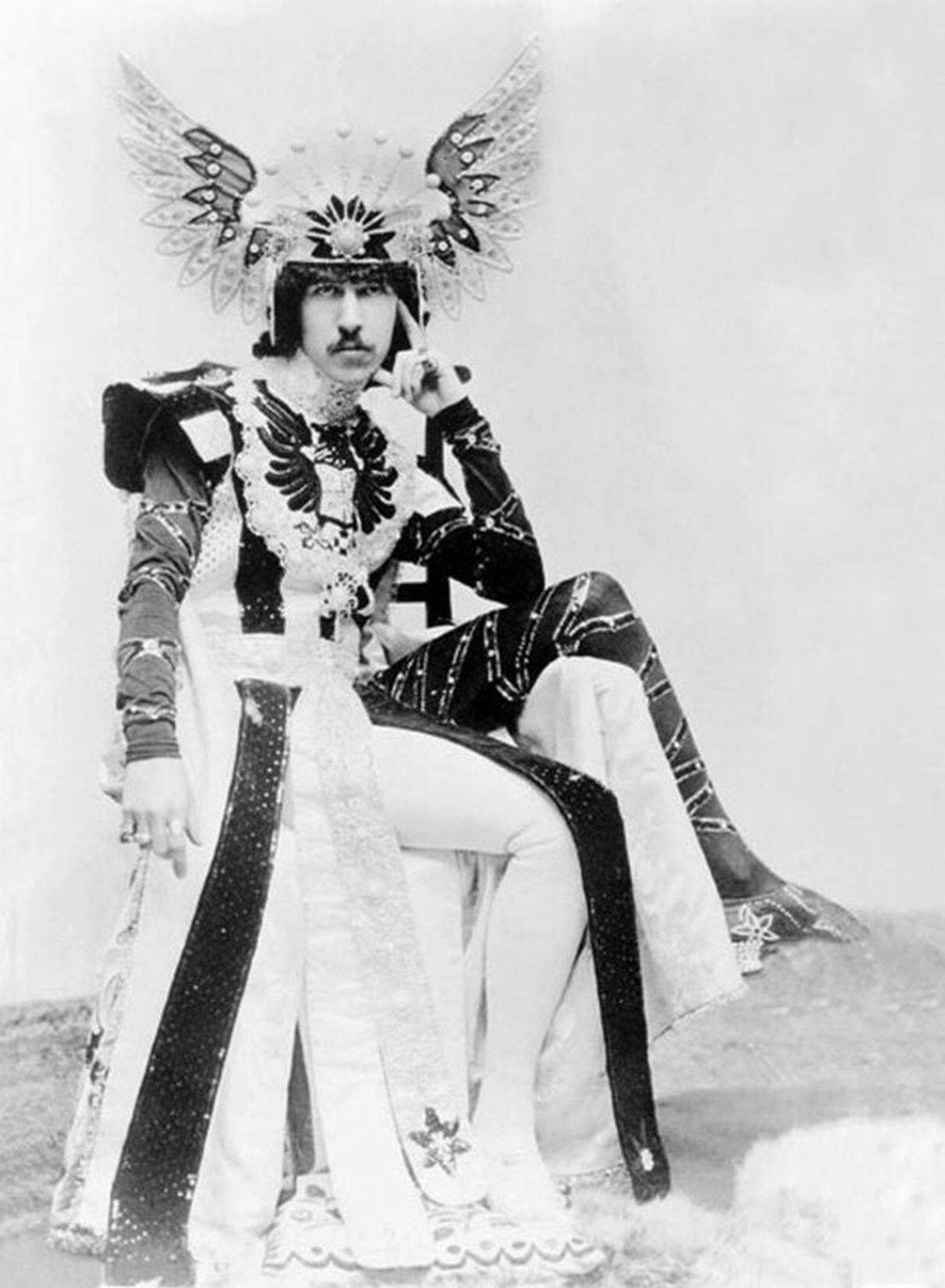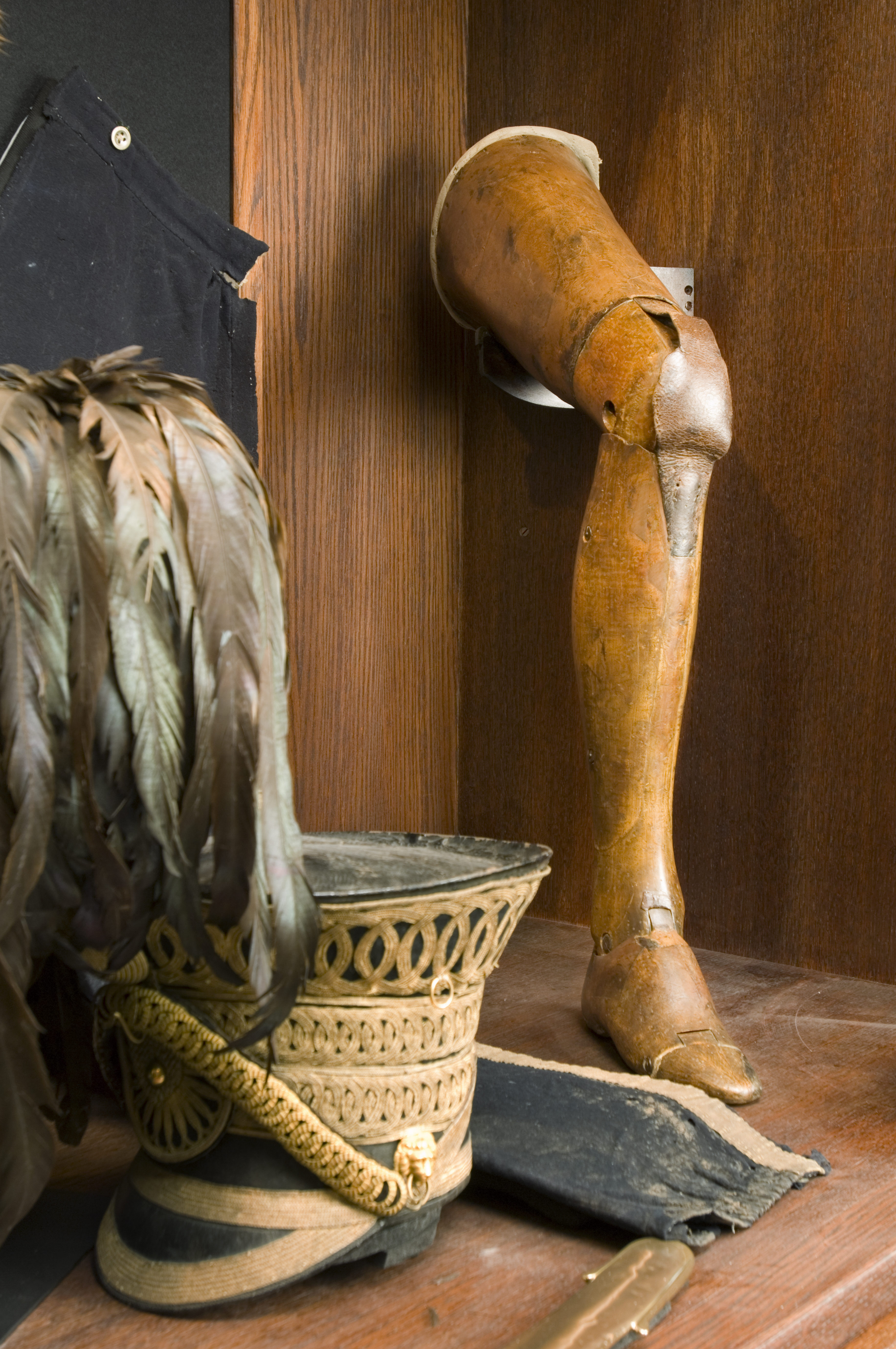In Focus: The 100-carat diamond tiara once owned by one of history's greatest spendthrifts
Matthew Dennison takes a look at the life and times of Henry Paget, aka the 'Dancing Marquess', whose legendary shopping sprees saw him blow a vast fortune.

It’s fair to say that Henry Cyril Paget, 5th Marquess of Anglesey, had a good start in life. In 1898 he inherited the equivalent of £60 million and an annual income estimated at £12 million, plus 30,000 acres in Derbyshire, Staffordshire, Dorset and Anglesey.
Seven years later, its was all gone — even his life itself. The man who won a reputation as ‘The Dancing Marquess’ bequeathed only mountainous debts and a reputation for glorious excess. He loved theatre and staged productions at a converted chapel in his Anglesey home, Pals Newydd, lavishing the equivalent of £1 million on a diamond-encrusted costume for Aladdin. When the costume was stolen, he simply had another made, at similar expense.
On other occasions, the Marquess gave a performance called his ‘butterfly’ dance. He appeared as a one-man tableau vivant, as Lord Berners remembered him, ‘clad in a white silk tunic, a huge diamond tiara on his head, glittering with necklaces, brooches, bracelets and rings. He stood there for a few moments motionless, without any mannequin gestures of display’. He wore men’s costumes, he wore women’s costumes: consistent was their sumptuousness and an unavoidable suspicion of extravagant narcissism.
The Marquess’s ambiguous behaviour might have been expected to have provoked greater outrage, but he was a popular figure among locals. Even The Times admitted that, on his death, there was ‘much regret’ in nearby Bangor, ‘as Lord Anglesey, despite his peculiarities, was much liked there’.
He had married a cousin, Lilian Chetwynd, in 1898, but the marriage was not successful. Family legend suggests it was not consummated. Lady Anglesey petitioned for divorce, but subsequently withdrew her petition and was with her husband at his death. More exciting to Lord Anglesey than his hapless bride was his lifelong shopping spree. His non-stop purchases included 721 ties and scarves and 130 walking sticks and umbrellas set with diamonds, rubies, pearls, amethysts and emeralds.

He commissioned a gold tea service set with diamonds, turquoise and garnets, and gem-studded collars for his poodles. In a single year, he spent £3,000 on underwear. Auctions to clear his debts lasted 40 days — and sealed his spendthrift reputation.
Among a handful of the Marquess’s purchases that survived bankruptcy auctions was a spectacular 100-carat diamond tiara, now for sale with London jewellers Hancocks, whose Guy Burton describes it as unique ‘in every way’, ‘a truly magnificent piece’.
Exquisite houses, the beauty of Nature, and how to get the most from your life, straight to your inbox.
The jewel, from the last decade of the 19th century, packs a considerable visual punch, a design of diamond scrolls and clusters and large, pear-shaped single stones. At the base of the design, a row of large diamonds can be detached to form a rivière necklace. Without exaggeration, Mr Burton calls it ‘a showstopper’ — it may well have been worn as exactly this by Lord Anglesey on stage.
The tiara was inherited by his cousin and heir, the 6th Marquess. Although the new Lord Anglesey was rumoured as a possible husband for Queen Victoria’s granddaughter, Princess Patricia of Connaught, he married Lady Marjorie Manners, a daughter of the Duke of Rutland, in 1912.
Lady Anglesey wore the great tiara to George VI’s Coronation in 1937, as photo-graphed for Vogue by Cecil Beaton.

The Marquess of Anglesey's revolutionary wooden leg, one of the National Trust's finest treasures
We're taking a look at nine of the greatest objects on display in the National Trust's properties across Britain —